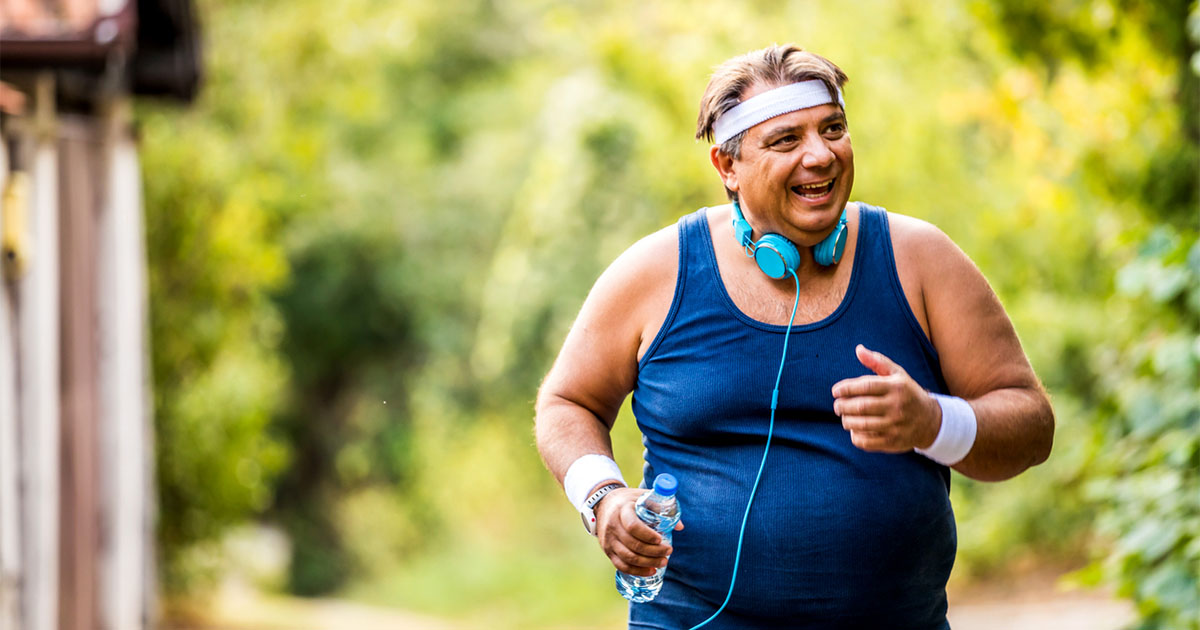Every nerve that can thrill with pleasure, can also agonise with pain.
Horace Mann (1796–1859)
Neuropathy is one of the most common complications of diabetes. Diabetic peripheral neuropathy affects around half of people living with diabetes over their lifetime and around half again present with diabetic peripheral neuropathic pain (DPNP). DPNP can be debilitating and have a significant impact on quality of life, as well being associated with sleep and mood disorders.
In 2013, NICE published a guideline (CG173) covering the management of neuropathic pain with pharmacological treatments in adults in non-specialist settings. It was last updated during 2020 (NICE, 2020). In it, NICE recommends that for the initial treatment of all neuropathic pain (except trigeminal neuralgia) we should offer a choice of amitriptyline, duloxetine, gabapentin or pregabalin. It also reminds us that pregabalin and gabapentin are Class C controlled substances, and we should remain vigilant to the development of signs of abuse and dependence.
If the initial treatment is not effective or is not tolerated, we should offer one of the remaining three drugs, and consider switching again if the second and third drugs tried are also not effective or not tolerated.
We can also consider tramadol for acute rescue therapy, but not for long-term use. Additionally, capsaicin cream can be considered for people with localised neuropathic pain who wish to avoid, or who cannot tolerate, oral treatments.
Whilst these recommendations are useful, we lack head-to-head evidence regarding which specific first-line drug to use and whether we should consider drugs in combination when pain relief on monotherapy is ineffective.
OPTION-DM was a UK multicentre, randomised, double-blind, crossover trial that recruited 140 participants with DPNP. Crossover trials compared several treatments; all participants received the same two or more treatments, but in a randomly assigned order. There was usually a washout period between each treatment, during which no treatment was taken. Crossover trials minimise the risk of confounding, as all treatments are assessed in the same participants. Downsides include a risk of aliasing or the impact of the previous treatment on the effect of the next treatment – hence, the appropriate use of washout periods in this study.
In OPTION-DM, individuals were assigned to complete three different treatment pathways in a random order. Treatment pathways comprised:
- amitriptyline + pregabalin;
- pregabalin + amitriptyline;
- duloxetine + pregabalin.
Monotherapy was given for 6 weeks (e.g. amitriptyline) and then a further medication was added in combination (e.g. amitriptyline + pregabalin), if pain scores were still significant.
All treatments were titrated up to the maximal tolerated dose (75 mg/day amitriptyline, 120 mg/day duloxetine and 600 mg/day pregabalin). Individuals were followed up for nearly one year. The primary outcome was the difference in 7-day average daily pain during the final week of each 16-week treatment sequence.
Seven-day average pain scores were reduced in all three treatment pathways and no significant differences were found between each pathway, indicating that all three classes of medication had similar efficacies. This suggests that primary care health professionals should be guided by side effects, other regular medications and comorbidities when choosing initial monotherapy for DPNP (e.g. avoiding amitriptyline as initial monotherapy when there is already significant anticholinergic therapeutic burden or a risk of falls).
Furthermore, by providing long-awaited evidence that reductions in pain scores are greater in those on combination therapy compared to monotherapy, this high-quality study addresses the question raised earlier. Again, this suggests that health professionals in primary care should consider combination therapy for DPNP as the standard of care, as required.
Importantly, study participants also experienced improvements in quality of life, mood and sleep, as well as significant pain relief. Adverse events were as expected for the monotherapies – a significant increase in dizziness with pregabalin, nausea with duloxetine and dry mouth with amitriptyline.
Overall, OPTION-DM has provided valuable answers to some of the perennially challenging questions surrounding the management of DPNP and will, hopefully, drive a change in practice in primary and secondary care.
Click here to read the full article.






Increased risk of new-onset heart failure in over-65s suggests caution is required before prescribing pregabalin for painful diabetic neuropathy.
14 Aug 2025